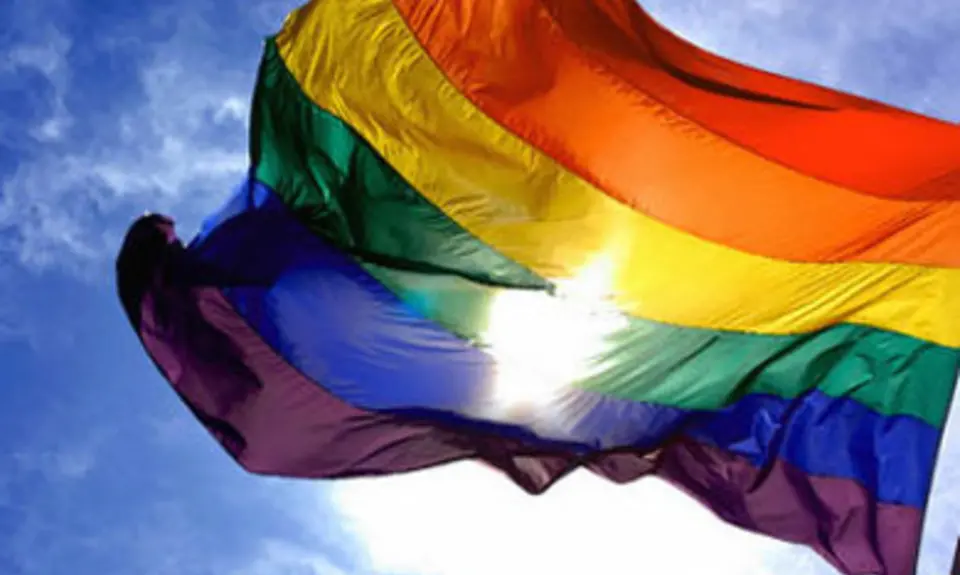The Equal Employment Opportunity Commission, the federal agency tasked with enforcing federal laws prohibiting job discrimination, issued an order yesterday with substantial impact on millions of people throughout the country. In a case involving allegations of discrimination at the Federal Aviation Administration, the EEOC has concluded that Title VII’s prohibition against sex discrimination includes discrimination on the basis of sexual orientation.
In other words, the agency that enforces Title VII says that it’s illegal to discriminate against someone because they are gay, lesbian, or bisexual. (It had already made a similar finding about gender identity.)
This makes perfect sense. Federal courts, including the Supreme Court, have long held that employers may not rely upon sex-based considerations or take gender into account when making job-related decisions. As the EEOC now notes:
Discrimination on the basis of sexual orientation is premised on sex-based preferences, assumptions, expectations, stereotypes, or norms. “Sexual orientation” as a concept cannot be defined or understood without reference to sex. …
Sexual orientation discrimination is sex discrimination because it necessarily entails treating an employee less favorably because of the employee's sex. For example, assume that an employer suspends a lesbian employee for displaying a photo of her female spouse on her desk, but does not suspend a male employee for displaying a photo of his female spouse on his desk. The lesbian employee in that example can allege that her employer took an adverse action against her that the employer would not have taken had she been male.
The agency also notes that just as the law prohibits employers from discriminating against an employee because of the race of that person’s spouse, the same applies to the spouse’s sex.
This is not the first time that the EEOC has expanded the frontiers of justice and equality through an obvious but overdue interpretation of Title VII, which was passed in 1964. For instance, today it’s common knowledge that sexual harassment in the workplace violates Title VII. Yet, as anyone who lived through the 1960s (or watched Mad Men) can tell you, sexual harassment was quite common, Title VII notwithstanding. It was not until 1980 that the EEOC issued guidelines prohibiting sexual harassment as a form of sex discrimination. And it took until 1986 before the Supreme Court made that interpretation the law of the land in a case called Meritor Savings Bank, FSB v. Vinson.
Some courts have already addressed this issue and reached the opposite conclusion of the EEOC. Dale Carpenter notes in the Volokh Conspiracy:
The EEOC’s view on sexual orientation, however, runs counter to the rulings of several circuit courts. These courts have reasoned that “sexual orientation” is not among the list of prohibited bases for employment action, that Congress did not intend to eliminate anti-gay discrimination when it enacted Title VII, and that Congress has repeatedly refused to add “sexual orientation” to employment protections.
The EEOC calls these earlier circuit court decisions “dated,” and some of them have been undermined by subsequent precedents in the same circuits recognizing that gender stereotyping, including gender stereotypes evidenced by anti-gay comments, is sex discrimination.
This week’s action from the EEOC certainly isn’t the end of the story. Usually, if an agency interprets the law it’s charged with implementing, courts are required to give substantial deference to its interpretation, as long as it’s a reasonable way of reading the law. But courts are not required to give that same level of deference to the EEOC’s interpretation of Title VII. So while its recognition that sexual orientation discrimination is a manifestation of sex discrimination is a step forward, it could be undone by the courts (as well as by EEOC commissioners nominated by a future administration hostile to LGBT equality). Indeed, we may see this issue ultimately decided by the Supreme Court.
